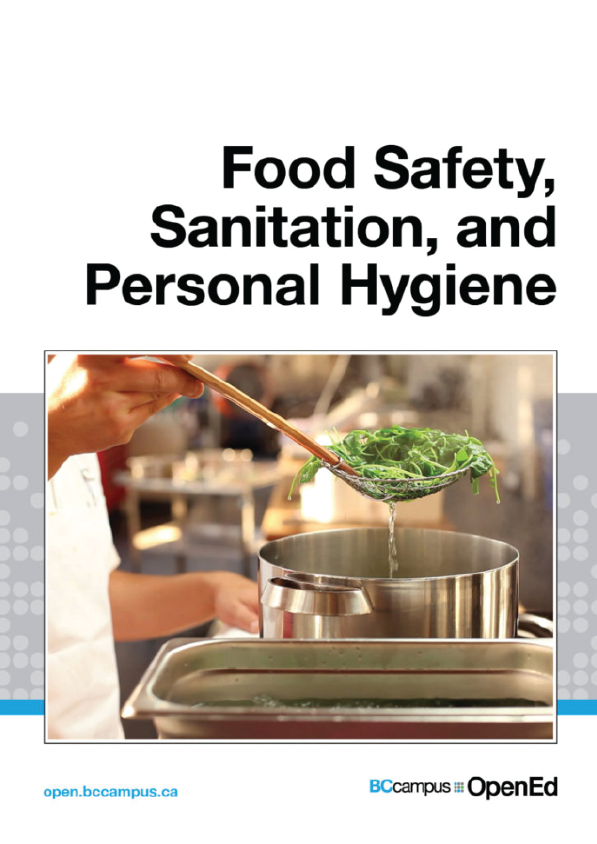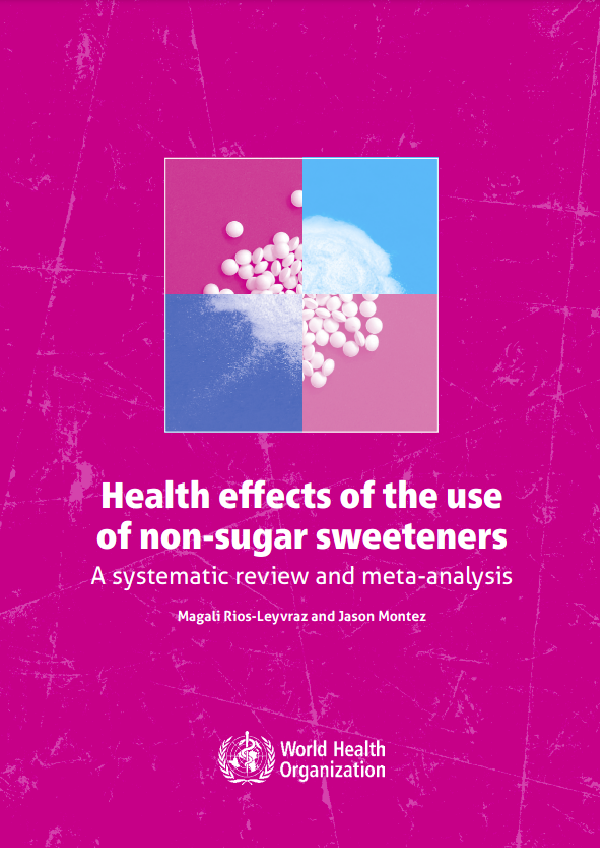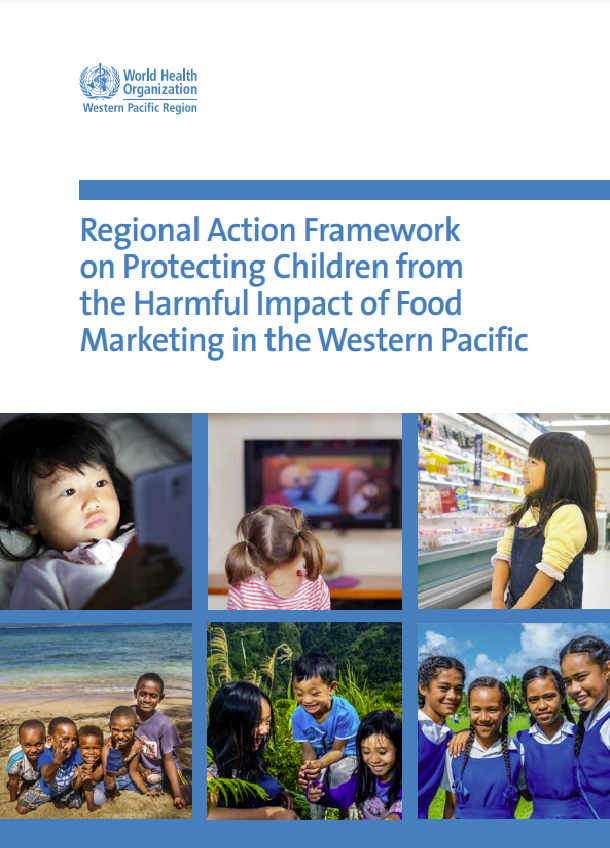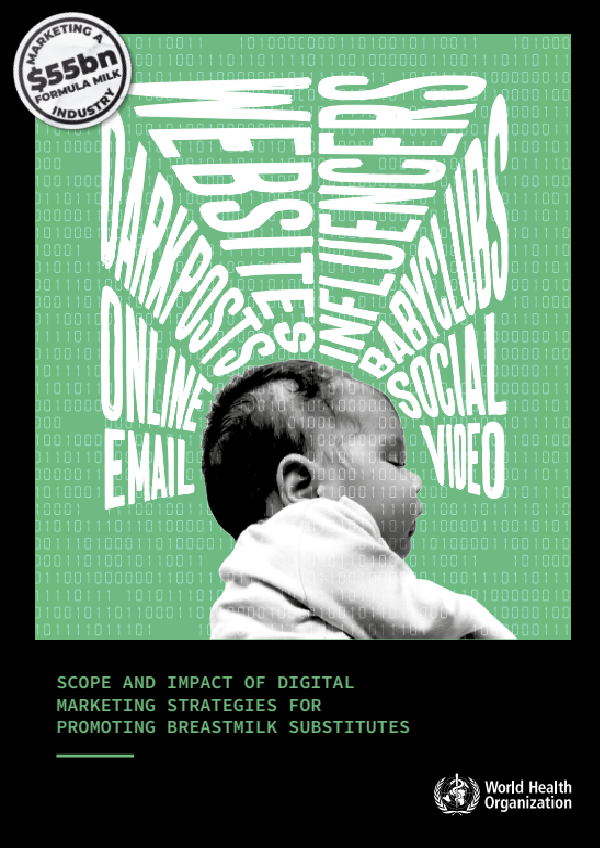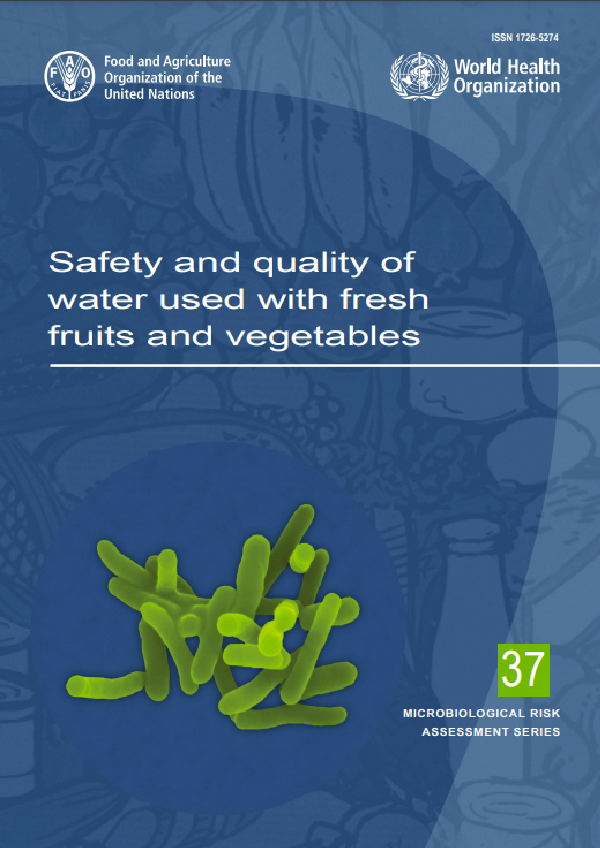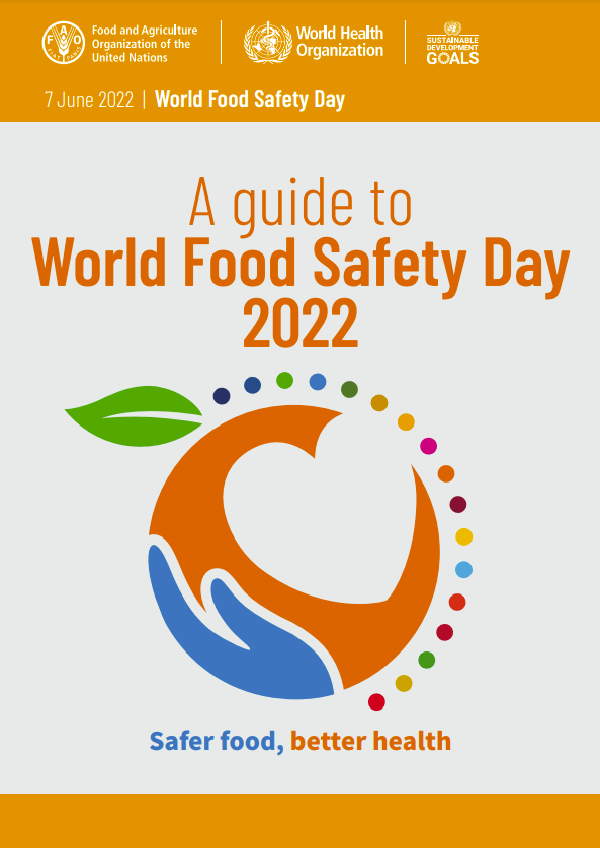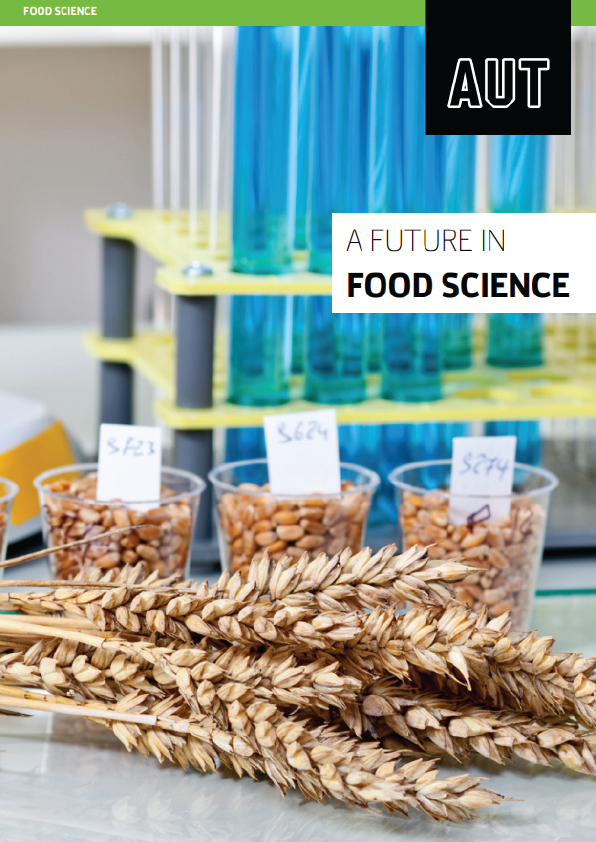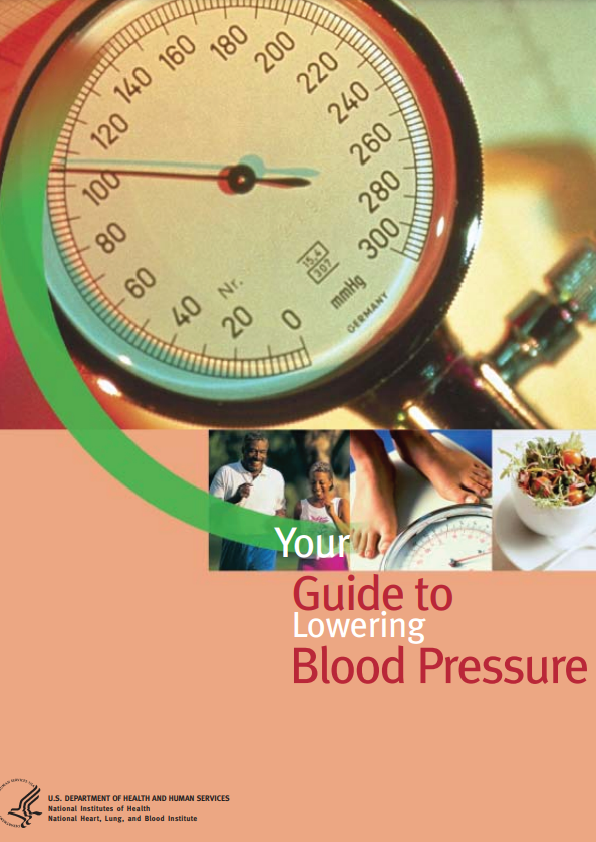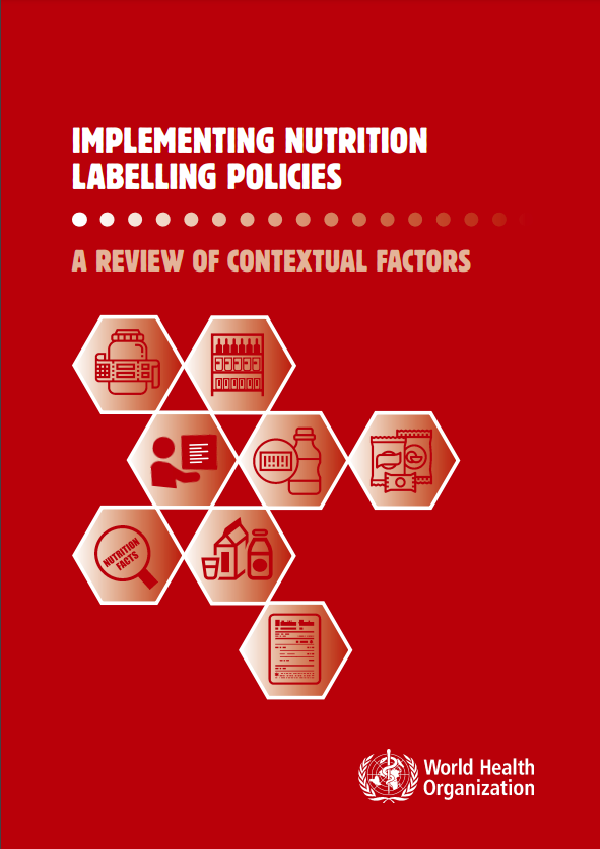Food Safety, Sanitation, and Personal Hygiene is one of a series of Culinary Arts open textbooks developed to support the training of students and apprentices in British Columbia’s foodservice and hospitality industry. Although created with the Professional Cook, Baker and Meatcutter programs in mind, these have been designed as a modular series, and therefore can be used to support a wide variety of programs that offer training in foodservice skills.
- Other books in the series include:
- Basic Kitchen and Food Service Management
- Working in the Food Service Industry
- Workplace Safety in the Food Service Industry
- Meat Cutting and Processing
- Human Resources in the Food Service and Hospitality Industry
- Nutrition and Labelling for the Canadian Baker
- Understanding Ingredients for the Canadian Baker
- Modern Pastry and Plated Dessert Techniques
The series has been developed collaboratively with participation from public and private post-secondary institutions.
Food safety does not happen by accident. To prepare safe food, you must follow certain steps and procedures throughout the entire food preparation process. You have to think, and you have to pay attention to how you prepare food to make sure it is safe. You do this by developing a food safety plan. A good food safety plan will make sure that anything that might make someone sick is under control.
A basic food safety plan uses the HACCP method. HACCP stands for hazard analysis critical control points. HACCP was originally developed by NASA to make sure the food on their space flights was safe to eat. HACCP is not a complicated process; it just means that you have to first identify the various steps you must take when you prepare your menu items, then look for possible sources of contamination, and then find ways to control these sources.
HACCP is an approach to food safety that is systematic and preventive. It is recommended by the Codex Alimentarius Commission, the United Nations international standards organization for food safety. HACCP is used by most countries around the world and has been in use since the 1960s.
HACCP goes beyond inspecting finished food products. It helps to find, correct, and prevent hazards throughout the production process. These include physical, chemical, and biological hazards.
There are seven universally accepted HACCP principles. Every country that uses HACCP follows these principles.
Principle 1: Hazard analysis
A plan is laid out to identify all possible food safety hazards that could cause a product to be unsafe for consumption, and the measures that can be taken to control those hazards. For example, at the cooking step of the production process, one of the identified hazards is the survival of pathogens due to inadequate cooking time or temperature.
Principle 2: Identifying critical control points
Critical control points are the points in the production process where an action can be taken to prevent, eliminate, or reduce a food safety hazard to an acceptable level. For example, the cooking step is considered a critical control point because control measures are necessary to deal with the hazard of pathogens surviving the cooking process.
